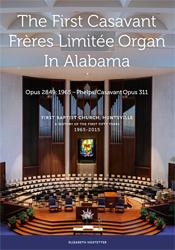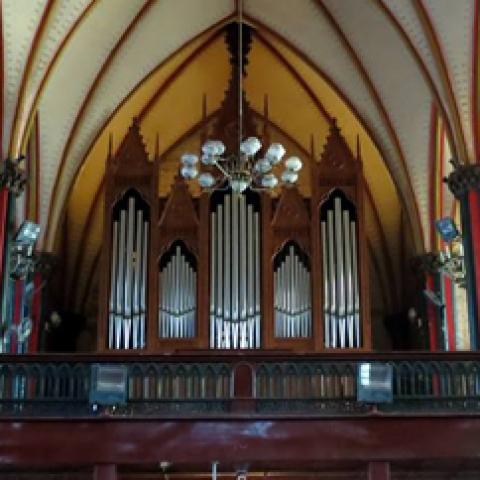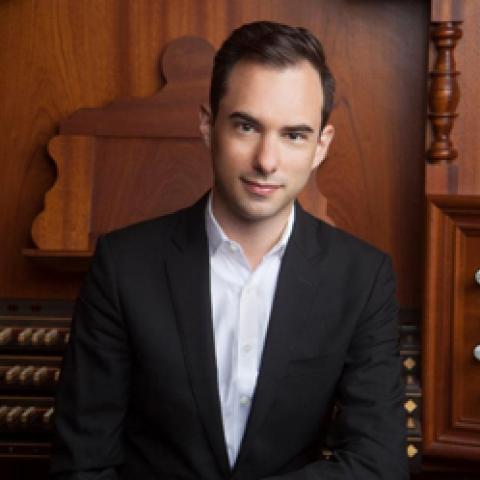
First Baptist Church, Huntsville, Alabama, has published The First Casavant Frères Limitée Organ In Alabama—Opus 2849: 1965, Phelps/Casavant Opus 311, in celebration of the instrument’s 50th anniversary.
The book by Elizabeth Hostetter traces the history of First Baptist’s Casavant organ, designed by Lawrence Phelps, installed in 1965, the first Casavant in the state. Billy Orton is the minister of music and worship and Sherry Upshaw, associate minister of music/organist.
The book can be ordered directly from the music office of the church; 256/428-9421, or musicministries@fbchsv.org.







